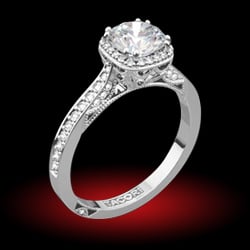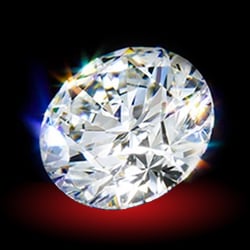- Joined
- Apr 30, 2005
- Messages
- 34,581
We all know D IFs are rare.
But so are people who want to pay for them.
Most people don't actually prefer low color and clarity but the price is lower so people get them to afford larger stones.
Are there combinations of color and clarity that you vendors just can't keep in stock?
What color and clarity is most popular?
(I'd guess around H SI1.)
Or are prices always adjusting adjusting to keep demand and turn over about the same for all colors and clarities?
But so are people who want to pay for them.
Most people don't actually prefer low color and clarity but the price is lower so people get them to afford larger stones.
Are there combinations of color and clarity that you vendors just can't keep in stock?
What color and clarity is most popular?
(I'd guess around H SI1.)
Or are prices always adjusting adjusting to keep demand and turn over about the same for all colors and clarities?







300x240.png)